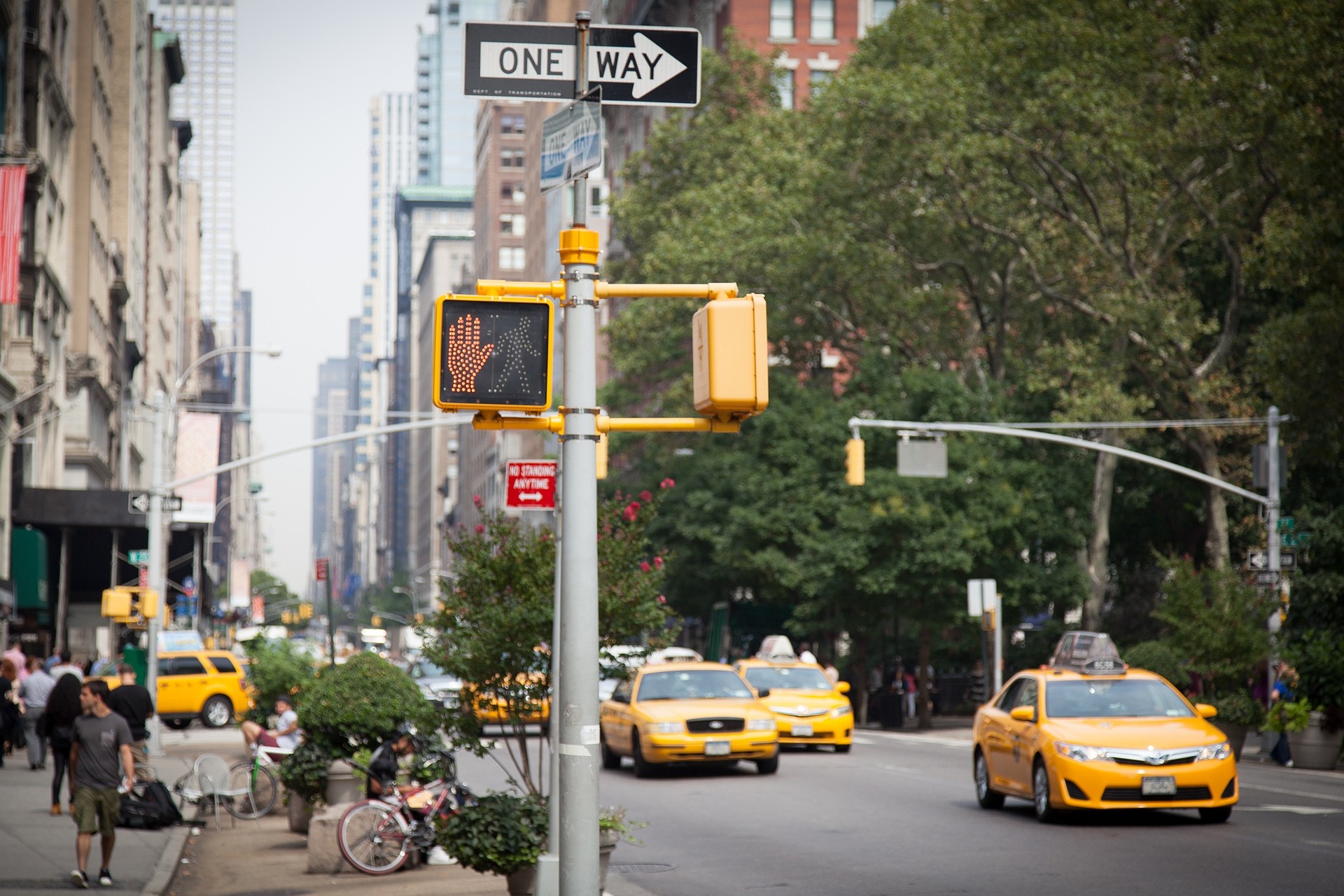Transcending Boundaries: Augmented Reality in Modern Art
Venture into the world of Augmented Reality (AR) as it carves its place in contemporary art. This intriguing fusion of technology and artistry is reshaping the way we experience and interact with art, offering immersive and interactive experiences that transcend conventional boundaries.

The Emergence of Augmented Reality in Art
Augmented reality, a technology that superimposes a computer-generated image on a user’s view of the real world, has been around for several years. However, only recently has it begun to make a significant impact in the art world. The technology first made a splash in the art world in the early 2010s when digital artists began experimenting with AR as a medium for artistic expression, creating virtual sculptures and installations that could only be viewed through a smartphone or AR headset.
The Current Landscape of AR Art
The use of AR in art has exploded in recent years. Artists are harnessing the technology to create immersive, interactive experiences that engage audiences in unprecedented ways. From virtual art galleries that can be accessed from anywhere in the world to interactive installations that respond to the viewer’s movements and even thoughts, AR is pushing the boundaries of what is possible in art.
The Impact of AR on Artistic Expression
AR has not only changed the way art is experienced but also how it is created. It has given artists a new medium to express their creativity and ideas, allowing them to create works that would be impossible in the physical world. Moreover, it is democratizing art by making it accessible to a wider audience. With AR, anyone with a smartphone can view and interact with art, breaking down the barriers often associated with traditional art forms.
Reception and Significance of AR Art Movement
The reception of AR in the art world has been largely positive, with many praising its potential to revolutionize the way we engage with art. Critics have noted that AR brings a level of interactivity and personalization to art that has never been seen before. However, as with any new technology, there are also concerns about its impact on traditional art forms and the potential for over-commercialization.
Looking Forward: The Future of AR in Art
As AR technology continues to evolve, so too will its role in art. Future developments in AR could lead to even more immersive and interactive art experiences, blurring the line between the virtual and the real world. As more artists and institutions embrace this technology, AR is set to become a key player in the future of art.
In conclusion, augmented reality is revolutionizing the art world by providing new ways to create and experience art. Its impact on artistic expression, its reception, and its future potential highlight the significance of this burgeoning trend. As we delve deeper into the digital age, it’s clear that AR and art are a match made in virtual heaven.




